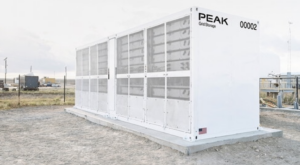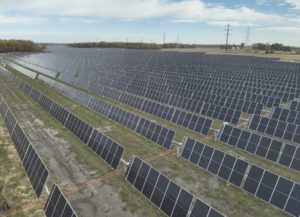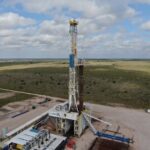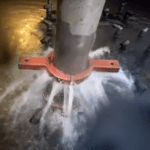Houston-based geothermal technology firm Quaise Energy is exploring how geothermal heat could hybridize and decarbonize a remote, privately owned power coal-fired plant that supports mining operations at Nevada Gold Mines (NGM), the single largest gold-producing complex in the world.
A Dec. 3-announced partnership between Quaise and NGM— a joint venture company owned by Barrick Gold Corp. and Newmont Mining Corp.—will evaluate building a commercial pilot to retrofit Newmont’s TS Power Plant complex in Eureka County to accommodate deep geothermal heat. If built, the project will pioneer a hybrid solution that integrates on-site power generation with geothermal heat.
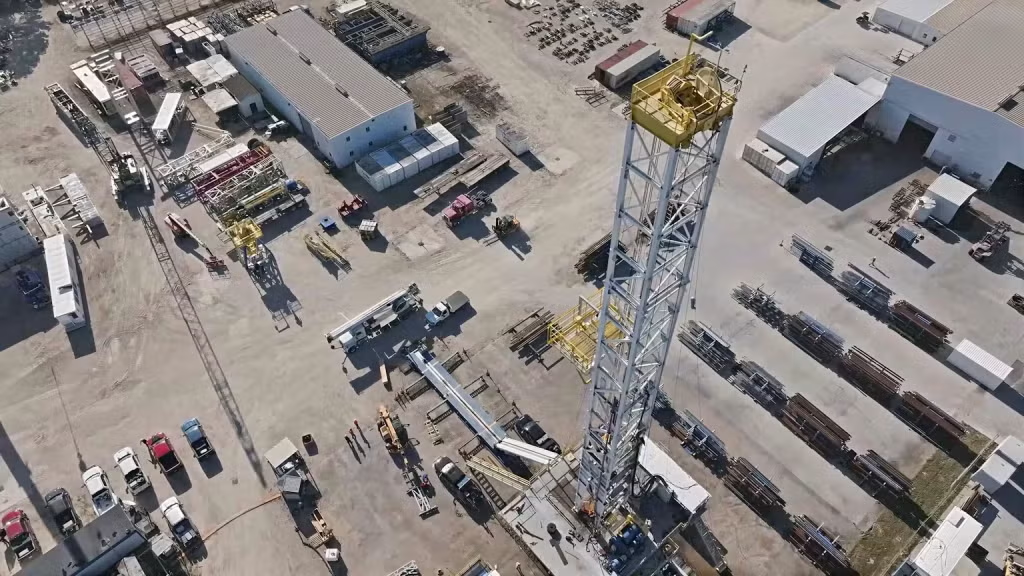
The TS Power Plant, located in the remote high desert of Eureka County, is a 15-year-old 242-MW coal-fired facility. A POWER Top Plant, the project was commissioned in June 2008 to address escalating power costs and ensure a reliable energy supply for Newmont’s energy-intensive gold—and copper-mining operations.
NGM’s sprawling operations include three major assets in the region: the Carlin, Cortez, and Turquoise Ridge gold mines and the Phoenix and Long Canyon open-pit mines. The complex produces more than 3 million ounces of gold a year. While TS Power is a fairly modern subcritical pulverized coal plant and features environmental controls, NGM has committed to a 30% carbon reduction by 2030.
NGM in August 2024 completed the construction of a 200-MW solar power plant as one phase of the TS Power plant repowering. The solar plant is slated to produce 17% of NGM’s annual power demand. As part of the second phase, NGM has set out to convert the TS Power plant with a co-firing capability, outfitting it with the ability to use natural gas as a fuel source. The company recently also garnered $95 million in funding from the Department of Energy to develop additional solar facilities with battery energy storage systems (BESS) at the Turquoise Ridge and Cortez mine sites. “These will serve as a secondary power source, mitigating the impacts of power grid disruption and enhancing renewable energy consumption during off-peak hours,” NGM says.
For Quaise, the project could mark its foray from drilling field trials to full commercial deployment. The company, which spun out of the MIT Plasma Science and Fusion Center in 2018, says it has raised over $95 million to date to commercialize its innovative ultra-deep drilling technology.
At the heart of Quaise’s approach is its gyrotron-powered drilling platform, which combines conventional rotary drilling for initial progress with advanced millimeter wave technology to penetrate the Earth’s crust to depths of 3 kilometers (km) up to 20 km. By vaporizing rock rather than mechanically cutting through it, the approach promises to increase drilling speed by 10 times or more, reducing costs while enabling access to superhot geothermal heat—temperatures between 300 C and 500 C. Those are higher temperatures and greater depths than those achievable with the best current and proposed mechanical technologies, the company says.
Video: Quaise Energy is leveraging a high power source originally intended for fusion energy – the gyrotron – for advanced geothermal drilling applications. Quaise’s millimeter wave drilling rig would essentially vaporize ultrahard rock down to previously unexplored depths to tap into “an El Dorado of clean energy”. Source: ARPA-E
The technology makes geothermal energy a viable and globally scalable alternative to fossil fuels, offering power density and reliability comparable to coal, oil, and natural gas, it notes. “To scale geothermal to terawatts, we must drill deeper, hotter, and faster than ever before possible,” the company says.
“Deep geothermal can decarbonize critical industrial processes like mining because of its superior power density,” said Carlos Araque, president and CEO of Quaise Energy on Monday. “Our millimeter wave drilling technology is the key to unlocking high-grade geothermal heat, repositioning fossil-fired assets for a clean energy future.”
Quaise’s partnership with NGM is also notable for the pairing to potentially decarbonize heavy industrial sectors like mining. It “marks the first commercial pilot for retrofitting a fossil fuel power plant to accommodate geothermal heat,” the companies said.
According to the companies, the opportunity is lucrative given the project’s potential benefits. “The first is location. Deep geothermal wells can be drilled in more places around the world, even next to existing power plants,” the companies added. “The second is economics. Deep geothermal can compete with fossil fuels on cost while eliminating carbon emissions by producing as much as 10x more power per well than traditional geothermal.”
On Monday, NGM noted economics remains a prime driver as it considers alternatives to help decarbonize its coal plant. “We continue to pursue initiatives that economically reduce our reliance on carbon-based electricity sources,” said Henri Gonin, managing director of Nevada Gold Mines. “Quaise offers a unique prospective solution to hybridize our on-site power generation with clean geothermal heat.”
—Sonal Patel is a POWER senior editor (@sonalcpatel, @POWERmagazine).



